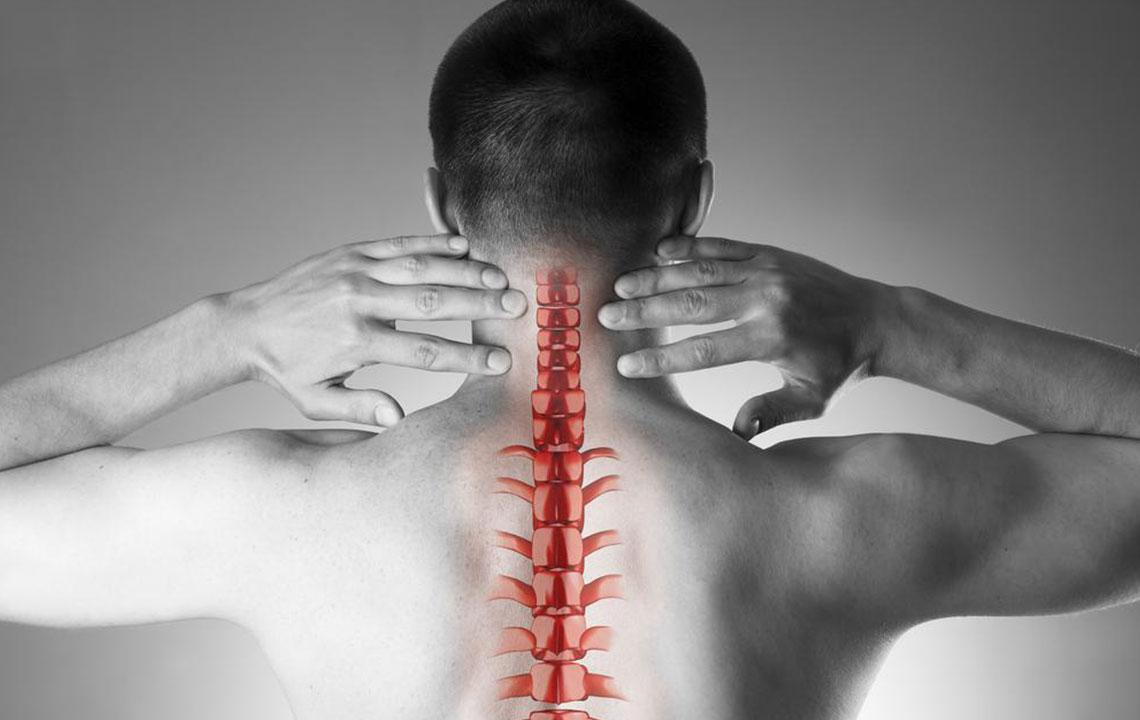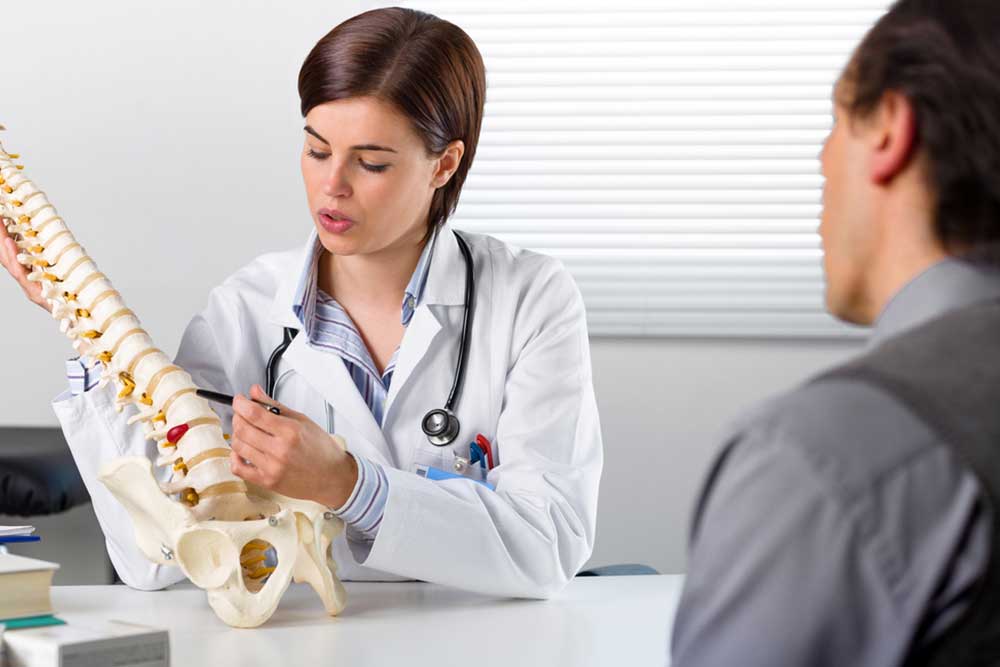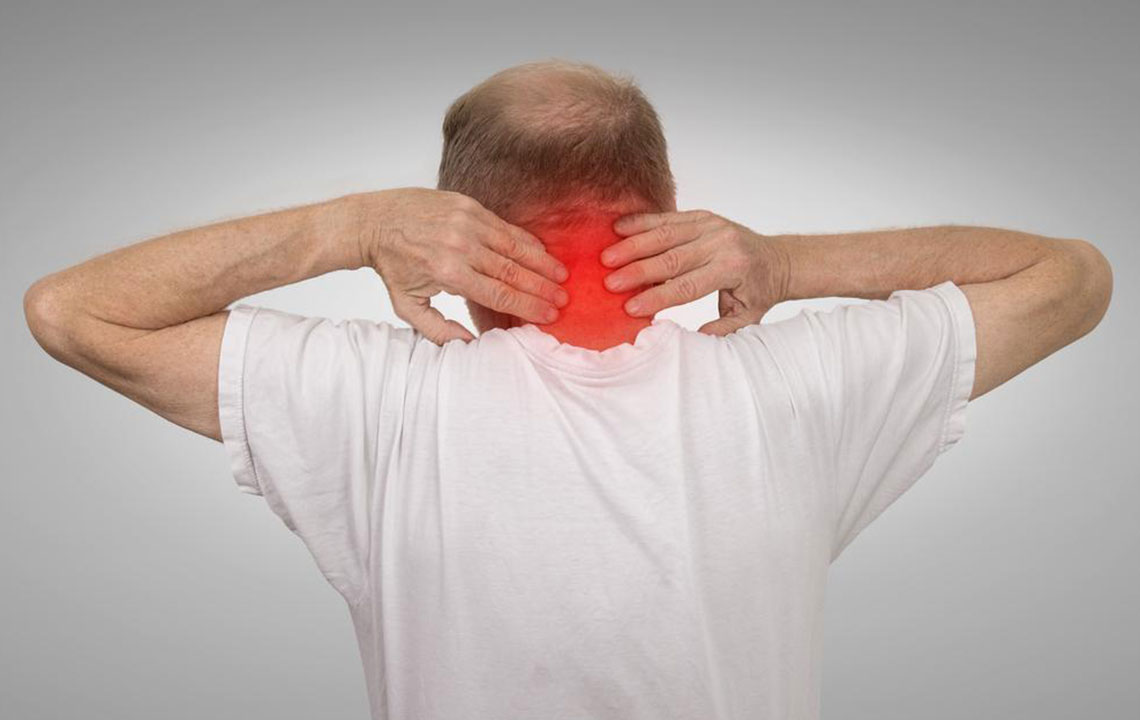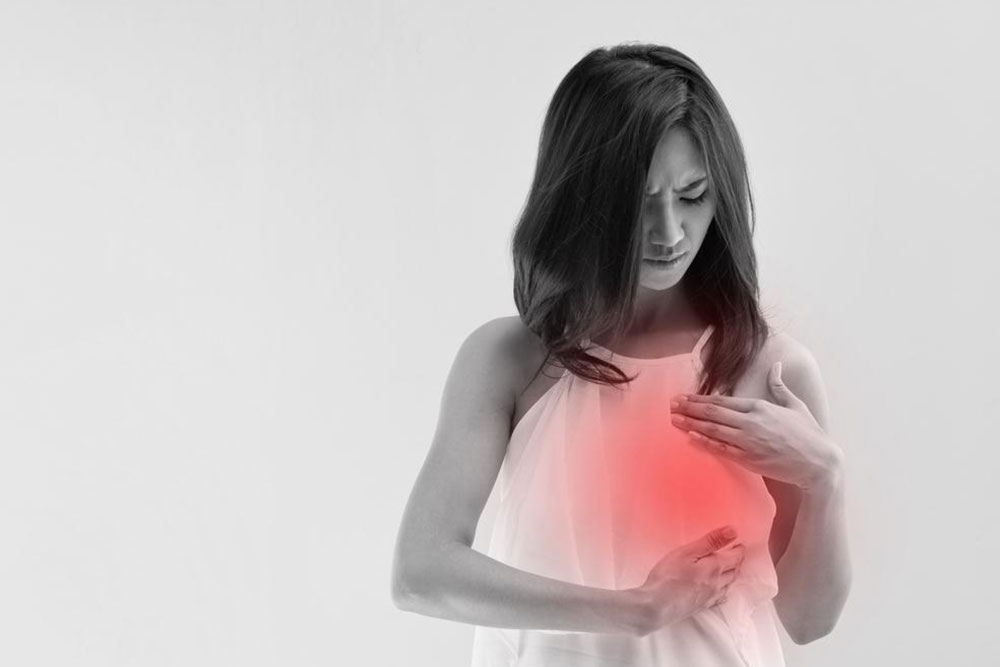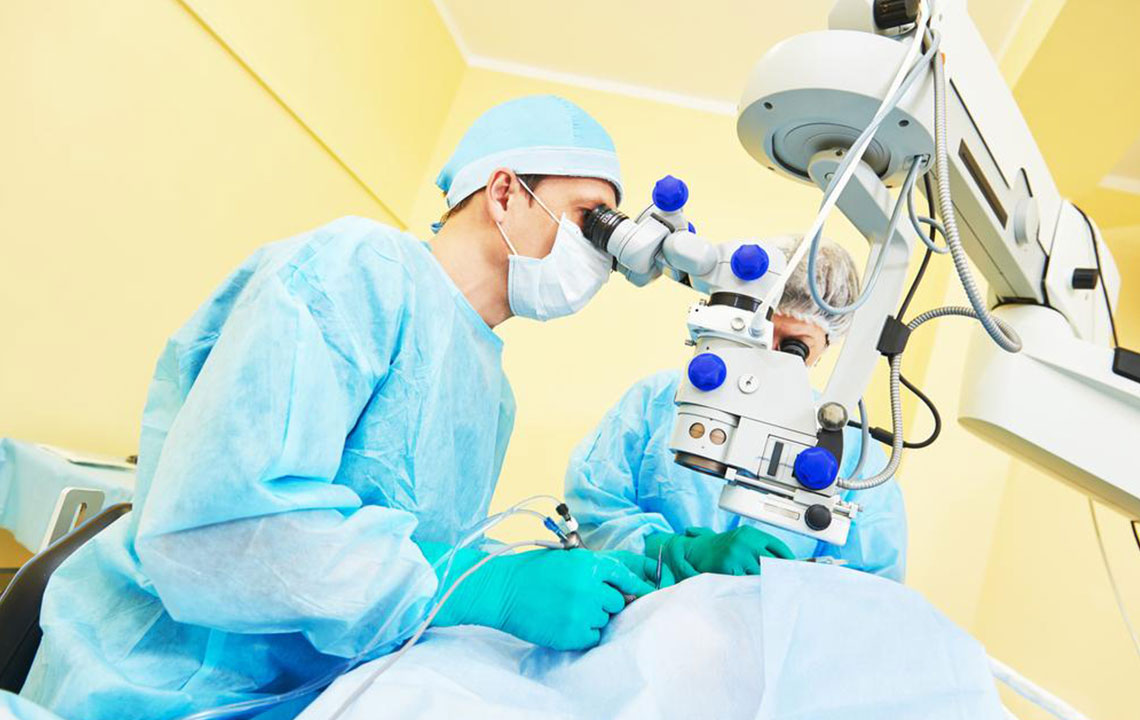Effective Approaches to Uterine Fibroid Management and Treatment Options
This comprehensive guide elaborates on uterine fibroids, covering causes, symptoms, and the latest treatment options. From minimally invasive surgeries like laparoscopy to hormonal therapies and laser ablation, women can find personalized solutions to manage symptoms and preserve fertility. Early diagnosis and tailored treatments are key to improving quality of life for affected women. Explore the most effective strategies to treat and manage uterine fibroids with this detailed overview, designed to help women make informed medical decisions.

Comprehensive Approaches for Managing Uterine Fibroids
Uterine fibroids, also known as leiomyomas, are among the most common benign tumors affecting women of reproductive age worldwide. These noncancerous growths develop within the muscular wall of the uterus and can vary significantly in size, number, and location. While many women are asymptomatic, others may experience a wide range of symptoms including heavy menstrual bleeding, pelvic pressure, pain, and reproductive issues such as infertility or recurrent pregnancy loss. The presence of fibroids can markedly impact a woman's quality of life, mental health, and overall well-being. Therefore, understanding the causes, symptoms, and available management strategies is crucial for effective treatment.
Common causes of uterine fibroids are increasingly linked to hormonal imbalances, particularly fluctuations in estrogen and progesterone levels. Genetic factors may predispose women to develop fibroids, especially if there's a family history of the condition. Additionally, lifestyle factors such as obesity, high blood pressure, and early onset of menstruation have been associated with higher risks. Menopause often results in a decrease in hormone production, leading to a decline in fibroid size or stabilization of the condition. Despite these insights, the exact mechanisms behind fibroid development are complex and still under research.
Extensive Treatment Options for Uterine Fibroids
Treatment approaches for uterine fibroids have evolved significantly, ranging from conservative, minimally invasive procedures to major surgical interventions. The goal of therapy is to alleviate symptoms, reduce fibroid size, preserve fertility when desired, and improve quality of life. Deciding on the best treatment option depends on various factors such as fibroid size, location, number, patient age, reproductive plans, and overall health status.
Laparoscopic Surgical Procedures
Laparoscopic surgery is a minimally invasive technique widely preferred for its reduced recovery time and minimal scarring. During laparoscopic myomectomy, a surgeon makes several small incisions in the abdomen to insert a laparoscope—a slender tube equipped with a camera—and specialized surgical instruments. This allows precise removal of fibroids while preserving the uterus, which is particularly beneficial for women wishing to maintain fertility. The entire procedure is performed under general anesthesia, and recovery typically lasts about 24 to 48 hours with minimal postoperative discomfort. Advances in laparoscopic tools and techniques have expanded its application to larger fibroids as well.
Hormonal Therapy and Medical Management
Hormonal treatments are non-surgical options that target the hormonal imbalances contributing to fibroid growth. These therapies primarily manipulate estrogen and progesterone levels to induce fibroid shrinkage and reduce symptoms like bleeding and pain. Common hormonal options include oral contraceptives, combined estrogen-progestin pills, and gonadotropin-releasing hormone (GnRH) agonists. These are often used as an initial management strategy or preoperative treatment to decrease fibroid size. Longer-term hormonal therapy might involve progestin-only pills, intrauterine devices (IUDs) that release progesterone, or injectable synthetic hormones administered bi-monthly. While effective, these treatments can have side effects such as hot flashes, mood swings, vaginal dryness, and weight gain, which necessitate careful clinical supervision.
Laser Therapy and Minimally Invasive Techniques
Laser ablation is an innovative treatment for targeted fibroid reduction using infrared light to generate heat. Conducted under local anesthesia in an outpatient setting, laser therapy involves inserting a thin catheter into the uterus, through which laser energy is delivered to selectively destroy fibroid tissue. This minimally invasive approach minimizes damage to healthy tissue, shortens recovery time, and can be suitable for women with larger or multiple fibroids. The precision of laser energy allows physicians to treat fibroids without removing the entire uterus, offering a fertility-preserving option. This technology continues to advance, providing patients with effective alternatives to traditional surgery.
Endometrial Ablation Techniques
Endometrial ablation is a procedure primarily aimed at controlling abnormal uterine bleeding associated with fibroids or other menstrual irregularities. It involves destroying the uterine lining using various energy sources such as heat, laser, electric current, or freezing methods like liquid nitrogen. Usually performed under anesthesia via small incisions, this procedure reduces menstrual flow and alleviates bleeding symptoms. However, it does not remove fibroids themselves and is considered a palliative treatment rather than a cure. Recurrence of fibroids or continued symptoms might necessitate further intervention. Medical consultation is essential to determine if endometrial ablation is appropriate, especially considering the patient’s desire for future pregnancies.
Early diagnosis and personalized treatment plans significantly improve outcomes for women with uterine fibroids. Though rare, the potential for malignancy underscores the importance of medical evaluation and monitoring. Treatment strategies are tailored based on fibroid characteristics, patient age, reproductive goals, and overall health. Modern advancements in minimally invasive procedures continue to enhance safety, recovery, and effectiveness, empowering women to manage this common condition more effectively than ever before.

